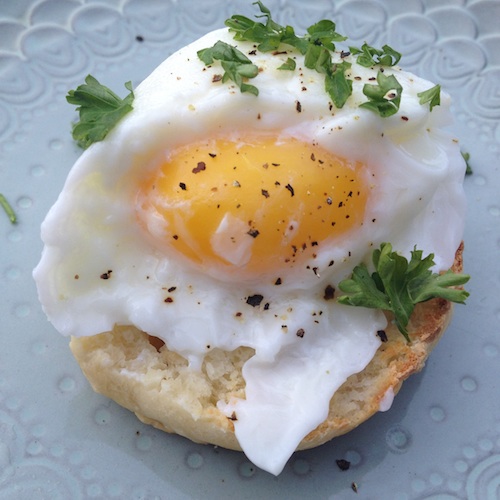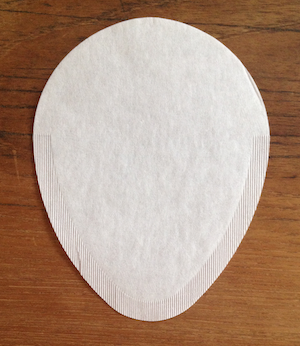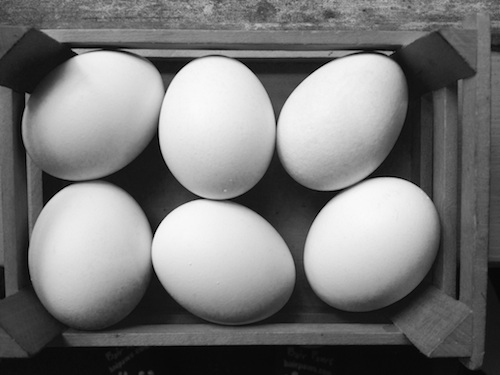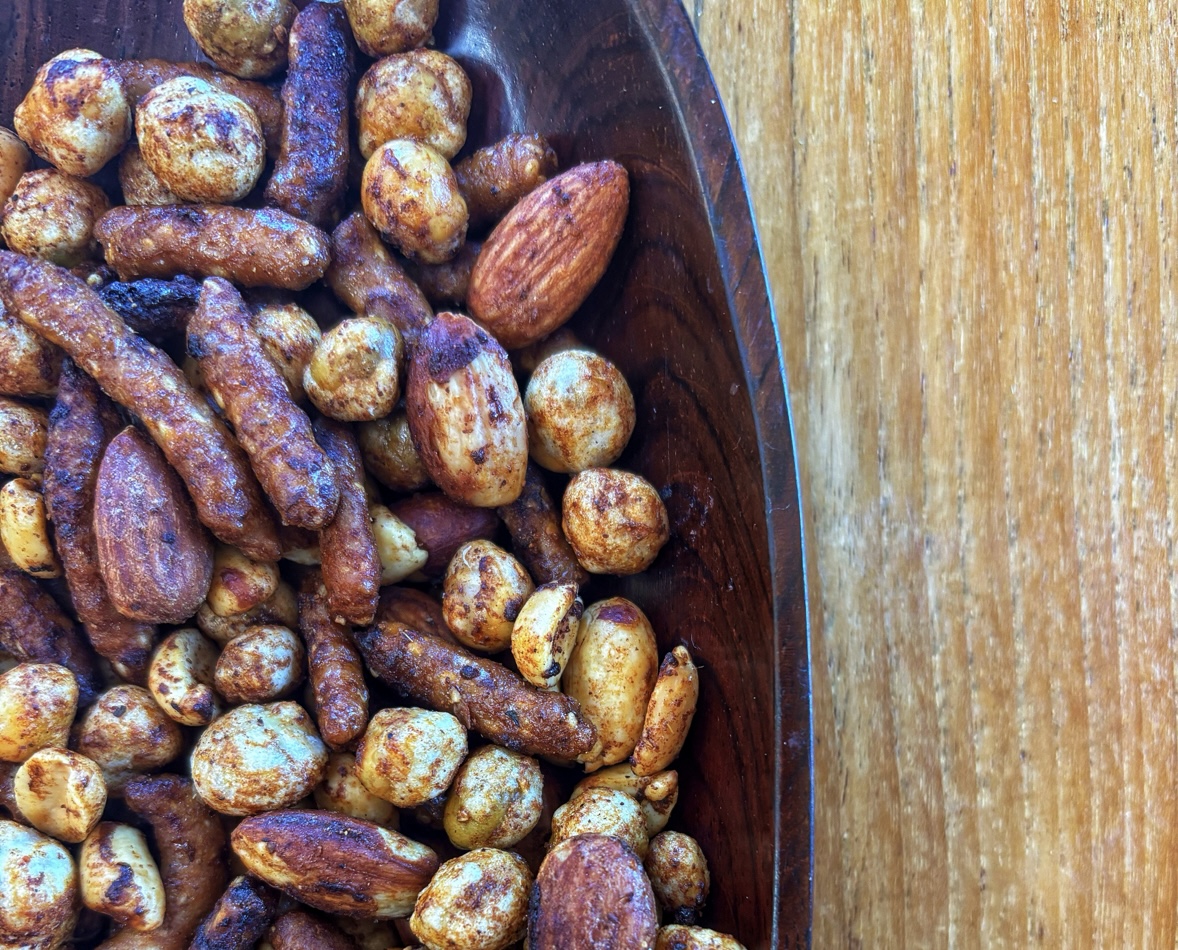We love eggs. We scramble them for breakfast, we hard boil them at Easter, we serve them sunny side up on Sunday mornings, turn them into an egg salad sandwiches during the week, and transform them into omelettes for dinner.
We go through lots of eggs each week, and one of our favorite ways to make them is by poaching.

This indirect, moist-heat method of cooking eggs is one of the healthiest was to make eggs, but it can be a bit tricky at times. That’s why we have enjoyed using the Perfect Poach by Tovolo. Now we easily prepare eggs that are perfectly soft in the middle.
When it comes to preparing eggs, we typically don’t use any gadgets. We don’t have separators, egg toppers, or slicers, filling up our kitchen drawers. But we do have the thin envelope of 20 egg poaching bags tucked inside our drawers ready for use. Sure, you can poach eggs without any gadgets, but we have found these disposable bags are pretty handy in making poached eggs perfectly.

Poaching eggs is one of the easiest and fasted ways to prepare eggs. Simply place a Perfect Poach bag in a small glass or cup, crack an egg into the bag, and immerse the bag slowly into a saucepan of gently bubbling water. For classic poached eggs, cook gently in simmering water, until the yolks begin to thicken, but are not hard, about 2- 5 minutes. Once the Perfect Poach bags are removed from the water with tongs or a slotted spoon, the egg easily slides onto a plate.
As for the used poaching bags, simple recycle or compost them – they’re biodegradable.
Poaching eggs is a great low-calorie option since there is no need for added fat for cooking. Poached eggs are delicious when served on toast or English Muffins, but can also be used in a variety of salads such as Salad Lyonnaise as well as egg soup, and numerous other tasty creations including Eggs Portuguese or Eggs St. Charles. Perfect for breakfast, brunches and snacks, the Perfect Poach ensures you’ll enjoy tasty results.
We’re perfectly happy with our new find. A pack of 20 Perfect Poach bags retails for about $5, and can be found at a variety of kitchenware stores including Sur La Table.
Egg Safety Tips provided by the American Egg Board
- Store eggs in the main section of the refrigerator at a temperature between 33 and 40 degrees Fahrenheit.
- Discard eggs after two hours if left at room temperature, one hour in warm weather
- With hot soapy water, thoroughly wash any bowl, pan, blender or other container, which has held a raw egg mixture before you use it again for more eggs or another food.
- To separate eggs, don’t pass the yolk back and forth from shelf half to shell half, as it is possible that some bacteria may remain in the shell’s pores. The shell may be contaminated from other sources. Instead, use an inexpensive egg separator or a funnel. Also, use a clean utensil to remove any bits of eggshell that fall into an eggs mixture.
- You can refrigerate raw whites for up to 4 days and unbroken raw yolks, covered with water, for up to 2 days in a tightly sealed container. If you can’t use the yolks quickly enough, hard boil them just as you would cook whole eggs in the shell, drain them well and refrigerate them in a tightly sealed container for up to 4 or 5 days. For longer storage, freeze raw whites, sugared or salted yolks and cooked yolks for up to 1 year.
- To freeze egg whites, break and separate the eggs, one at a time, making sure that no yolk gets in the whites. Pour the whites into freezer containers, seal the containers tightly, label with the number of egg whites and the date and freeze. For faster thawing and easier measuring, first freeze each white in an ice cube tray and then transfer to a freezer bag or container. Substitute 2 tablespoons thawed egg white for 1 Large fresh white.



